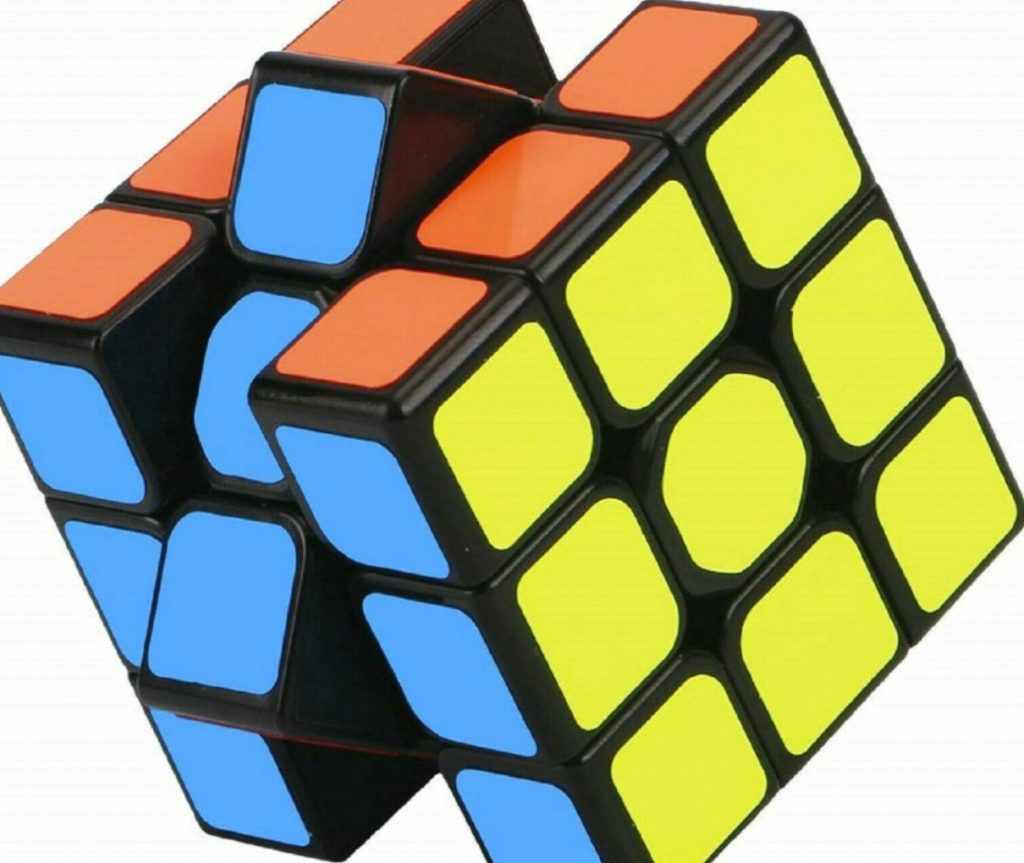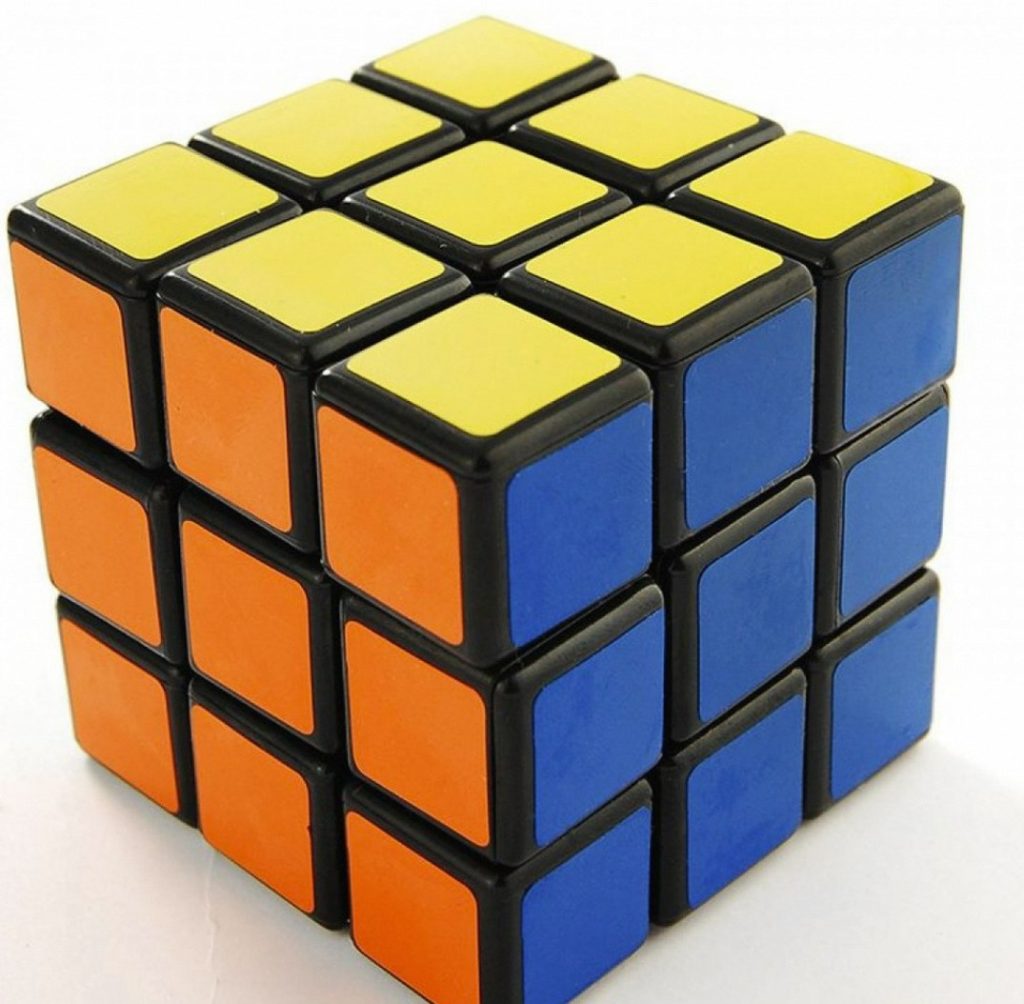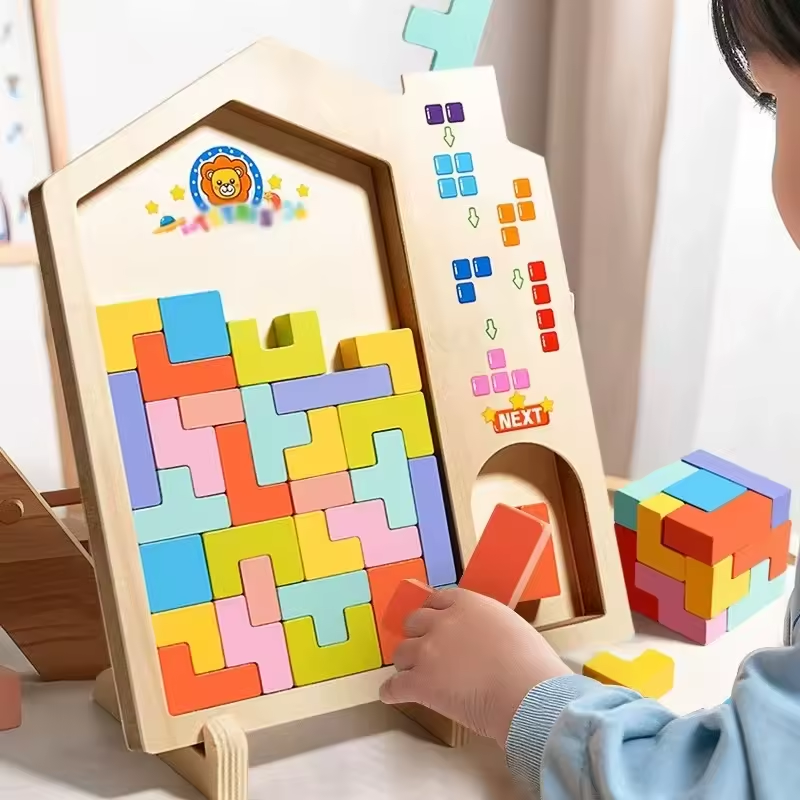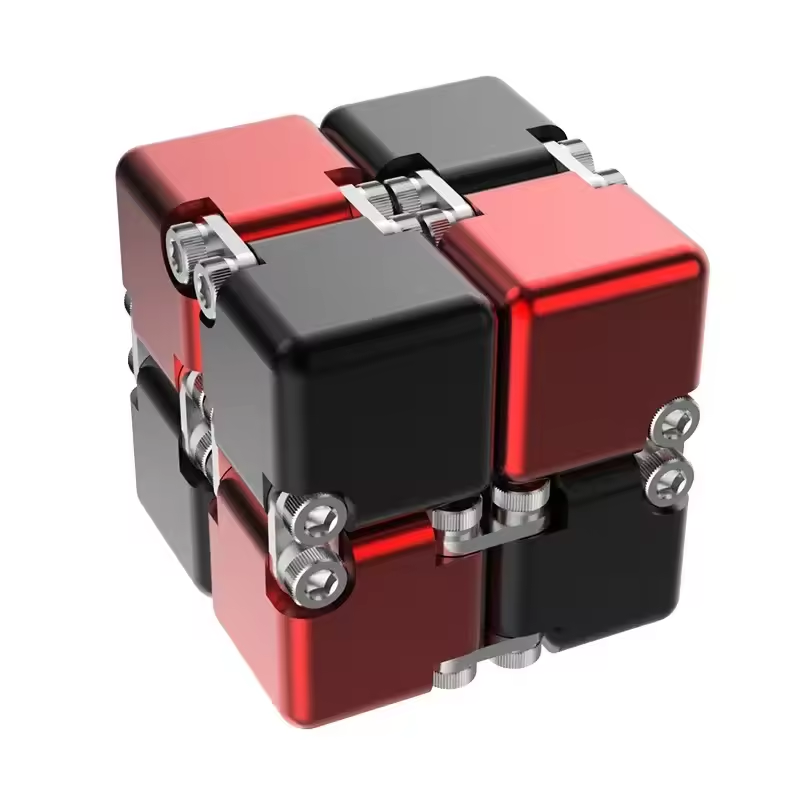Part 1: Introduction to Solving the Rubik’s Cube
The Rubik’s Cube is a classic and iconic puzzle that has challenged millions of individuals since its creation in the 1970s. With its six faces covered in colored stickers, the objective is to twist and turn the cube to align all the colors on each face, creating an unbroken, uniform color per side. While solving the Rubik’s Cube may seem like a daunting task at first, it can be accomplished by following a series of steps that aim to methodically solve the puzzle. In this article, we will explore the seven steps to successfully solving a Rubik’s Cube, offering a comprehensive guide for novices and enthusiasts alike.

Point 1: Understanding the Notation
Before diving into solving the Rubik’s Cube, it is crucial to understand its notation system. The cube consists of six faces, each represented by a letter: U (up), D (down), L (left), R (right), F (front), and B (back). These letters are used to depict the movements of the cube. Capital letters signify a 90-degree clockwise rotation, while lowercase letters represent a 90-degree counterclockwise rotation. This notation system serves as the foundation for executing the algorithms necessary to manipulate the cube’s various layers and ultimately solve the puzzle.
Point 2: Familiarizing with the Cube’s Structure
The Rubik’s Cube comprises three layers per face: the center layer and two layers of edge and corner pieces. Gaining insight into the structure and composition of the cube is essential. It helps in comprehending how the movements affect the positioning of the individual pieces. Acquainting oneself with the colors and their positioning on the cube’s interior is also crucial. It facilitates the identification of patterns and assists in developing a systematic approach to solving the puzzle. Understanding the cube’s internal mechanisms and its interconnected pieces lays the groundwork for successfully mastering the art of solving the Rubik’s Cube.
Part 2: The First Two Layers

The first phase of solving a Rubik’s Cube involves positioning the edge pieces of the bottom layer to form a solid color on each face. The subsequent step focuses on aligning the corner pieces to complete the first two layers of the cube, establishing a solid foundation for the subsequent solving process.
Point 1: Solving the Bottom Layer
To initiate the solving process, align the bottom layer’s edge pieces to create a cohesive, solid-color face. You can achieve this by manipulating the cube’s layers to position the edge pieces accordingly. Employ specific algorithms that target the designated layers to maneuver the edge pieces into their appropriate positions, ensuring that the bottom layer boasts a uniform color across its entirety.
Point 2: Completing the Second Layer
Once you successfully assemble the bottom layer, shift your focus to aligning the corner pieces of the second layer. Execute sequences of moves that target the cube’s layers to maneuver the corner pieces to their destined positions. This results in the completion of the second layer. This pivotal step signifies progress in the solving process. It sets the stage for the subsequent phases that ultimately lead to conquering the Rubik’s Cube.

Part 3: Final Layer Edges
After successfully assembling the first two layers, the subsequent phase centers on arranging the edge pieces of the final layer to form a coherent solid-color face. This step involves navigating and manipulating the cube’s layers to position the edge pieces in their respective locations. It sets the stage for the culmination of the solving process.
Point 1: Forming the Yellow Cross
The first objective in the final layer phase is to form the yellow cross on the top face of the Rubik’s Cube. This can be accomplished by executing a series of specific algorithms. These algorithms are designed to manipulate the edge pieces of the final layer, aligning them to create the desired yellow cross pattern. Mastering this step is pivotal in progressing towards the completion of the Rubik’s Cube. It lays the groundwork for the subsequent and final stage of solving the puzzle.
Point 2: Positioning the Yellow Edges
Following the formation of the yellow cross, the focus shifts towards positioning the remaining yellow edge pieces to complete the final layer. By skillfully executing predetermined algorithms, the yellow edge pieces can be maneuvered and placed into their designated positions. This results in an entirely uniform yellow face on the cube’s final layer. Accomplishing this step signifies a critical stride towards solving the Rubik’s Cube, bringing the puzzle closer to its ultimate resolution.

Part 4: Final Layer Corners and Orienting Them
The culmination of the Rubik’s Cube solving process revolves around orienting and arranging the corner pieces of the final layer to achieve an interlocking and uniform color scheme, ultimately completing the puzzle in its entirety.
Point 1: Positioning the Corner Pieces
The subsequent step involves maneuvering the corner pieces of the final layer to align them with the designated colors on each face. This effectively establishes a cohesive and solid-color face for the final layer. By executing precise algorithms that target the cube’s layers, you can systematically manipulate the corner pieces into their appropriate positions. This paves the way for the ultimate resolution of the Rubik’s Cube.
Point 2: Orienting the Corner Pieces

The final phase encompasses orienting the corner pieces of the final layer. This is done to refine the uniformity and alignment of the colors, thus completing the solving process. This critical step entails executing a sequence of moves aimed at orienting the corner pieces. This is to ensure that each face of the cube exhibits a seamless and unbroken color per side. Once you successfully orient the corner pieces, you have fully solved the Rubik’s Cube. This symbolizes the culmination of a deliberate and methodical solving process.
In conclusion, mastering the art of solving a Rubik’s Cube entails understanding the cube’s notation. It also involves familiarizing with its structure. Strategic execution of a series of steps is necessary to achieve the ultimate goal of a fully resolved puzzle. Individuals can conquer the challenge posed by the iconic Rubik’s Cube by systematically progressing through the seven steps. They do this by comprehensively maneuvering the cube’s layers and pieces. Ultimately, they can bask in the gratification of successfully solving this timeless and revered puzzle.


